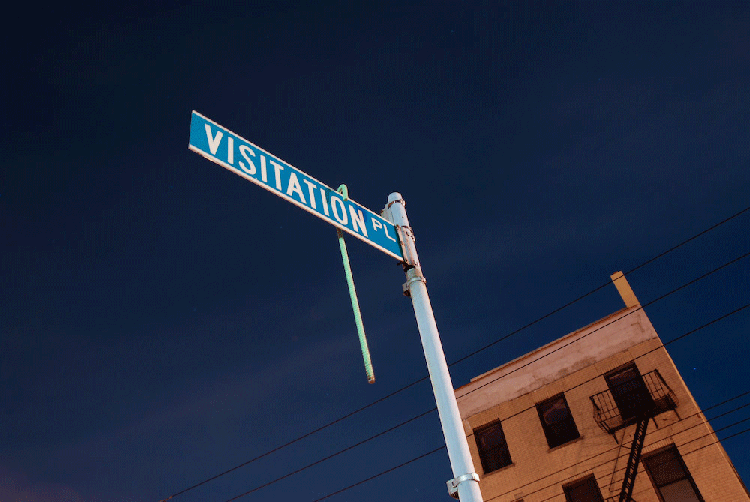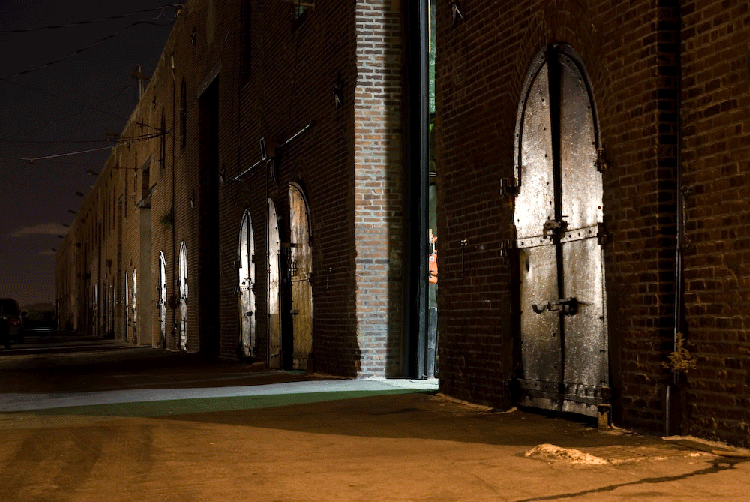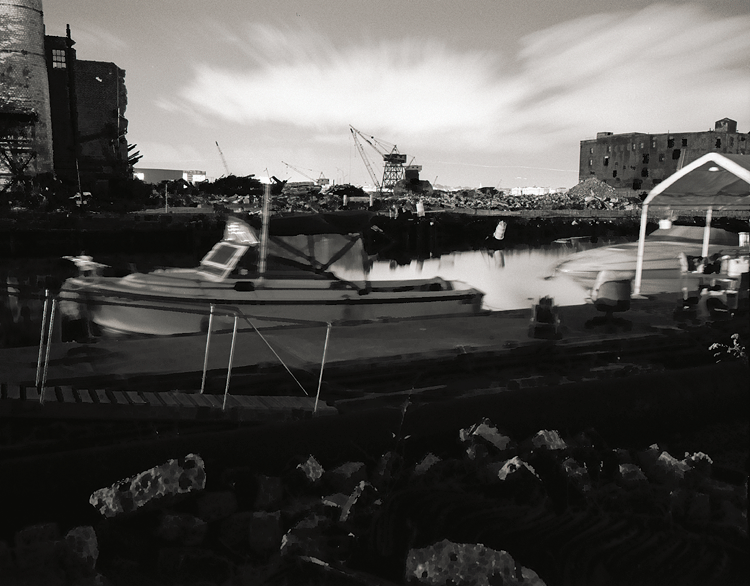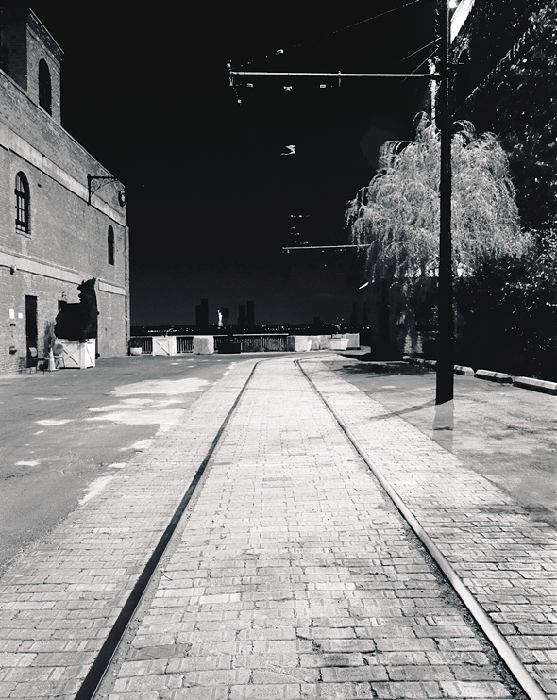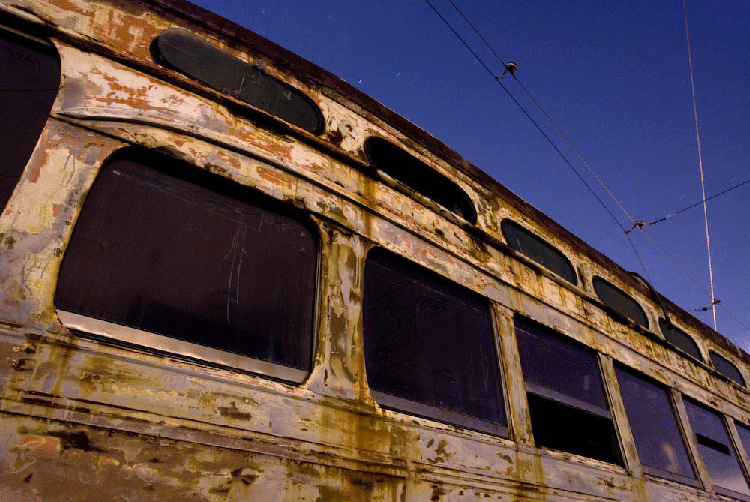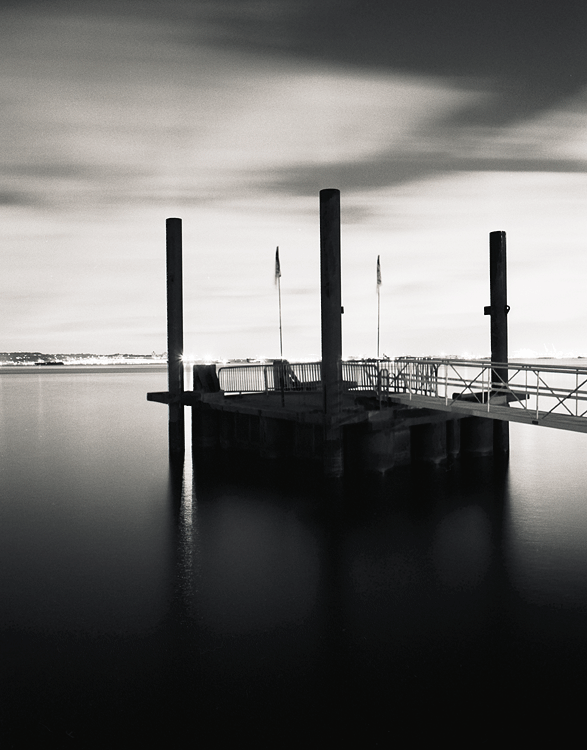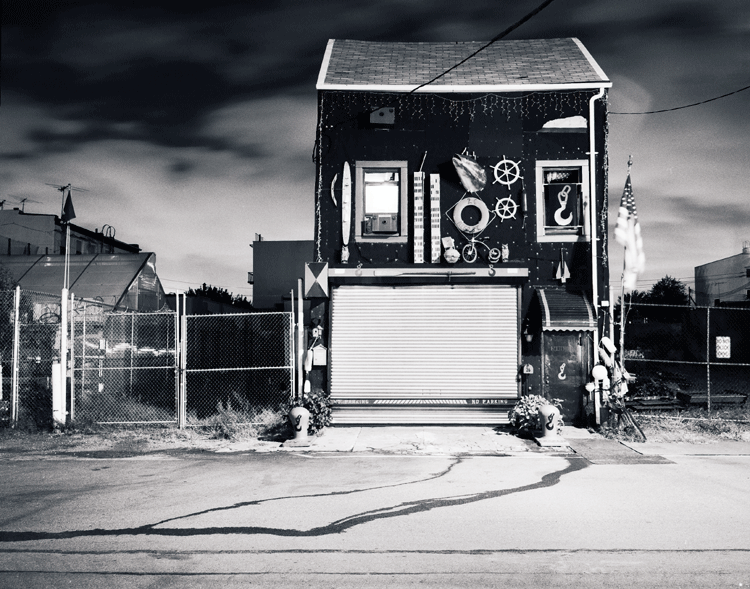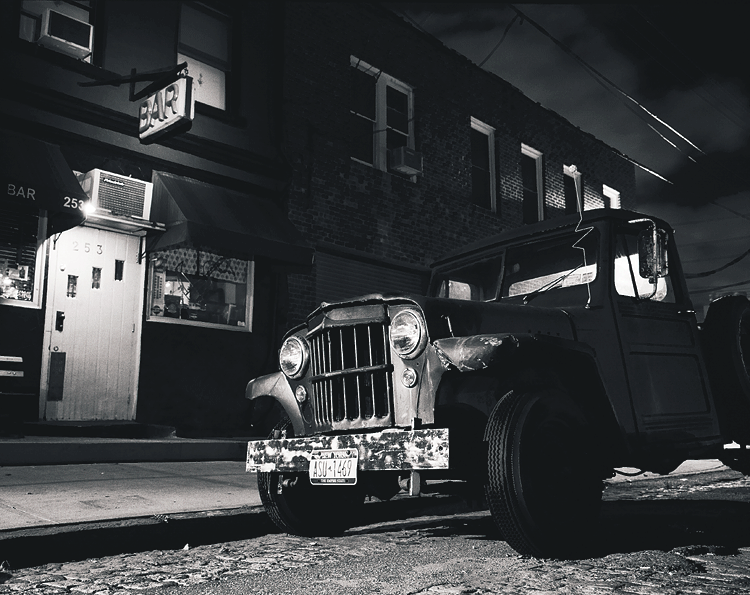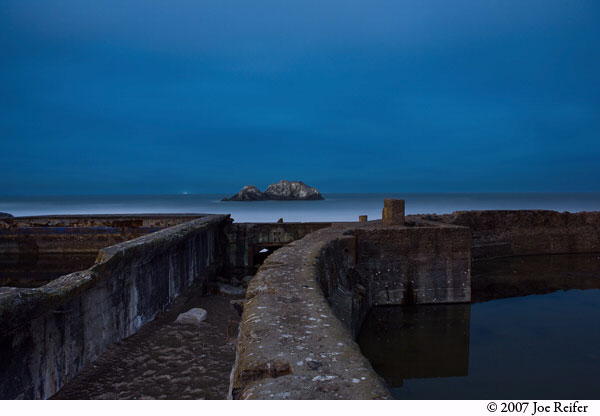 |
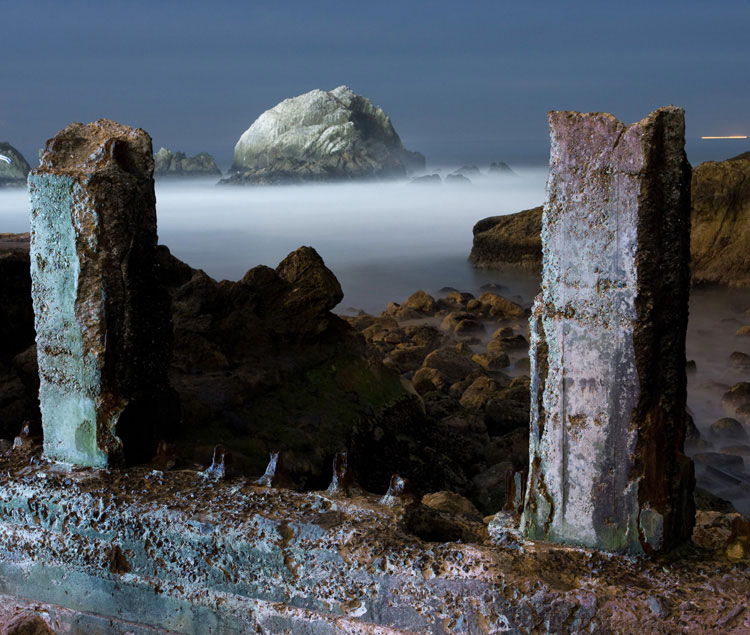 |
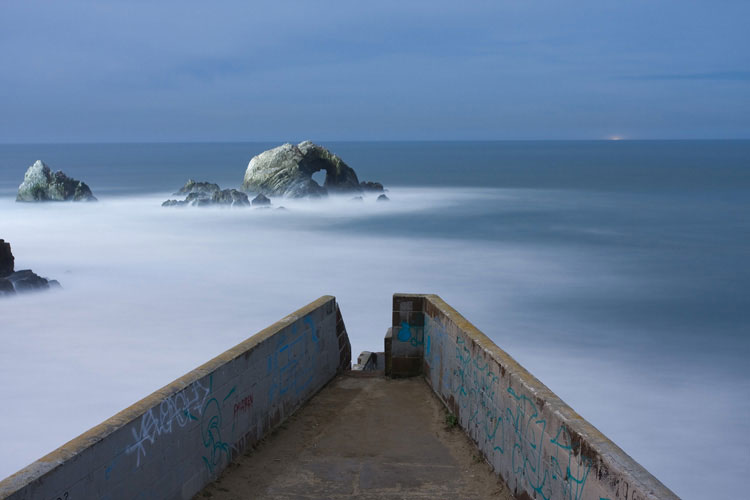 |
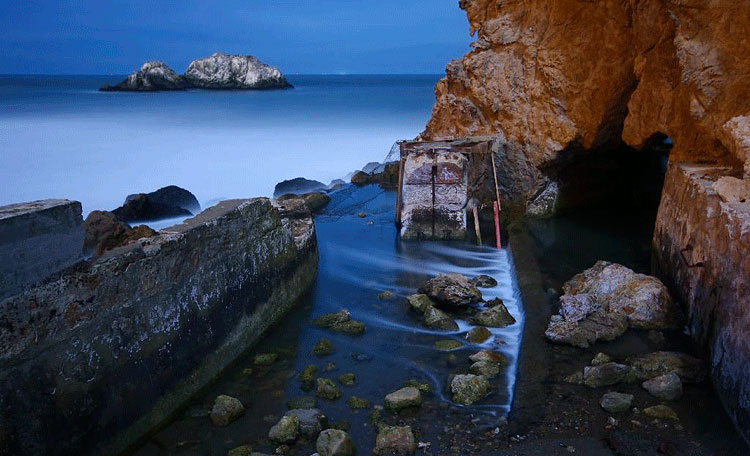 |
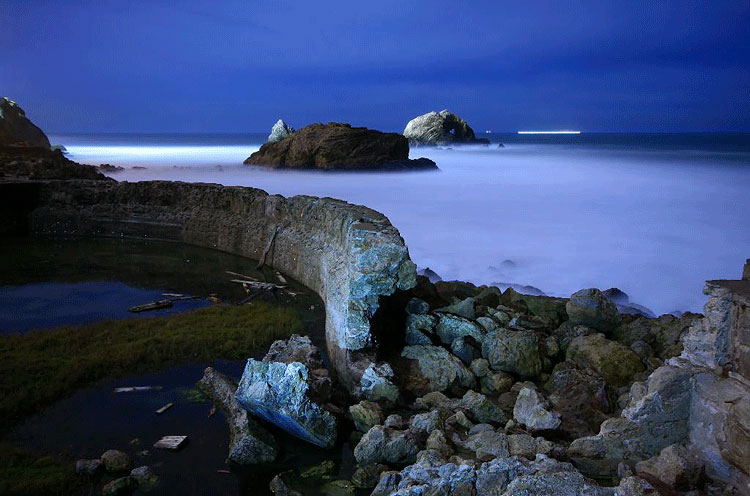 |
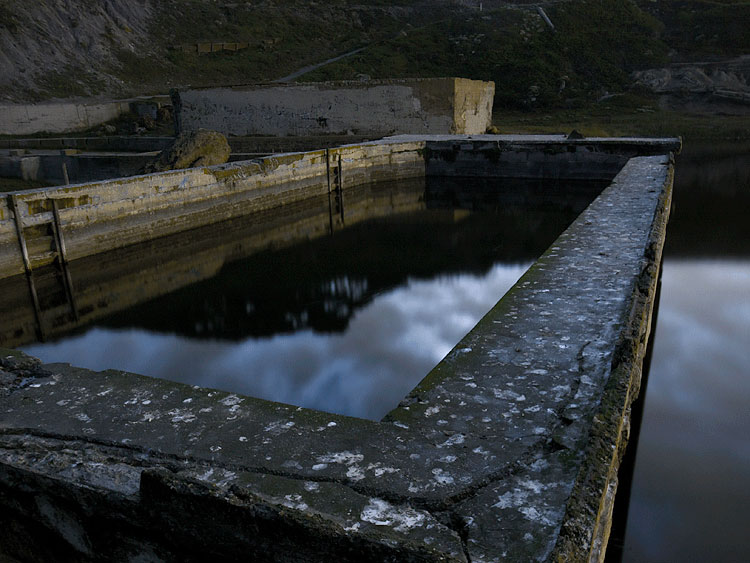 |
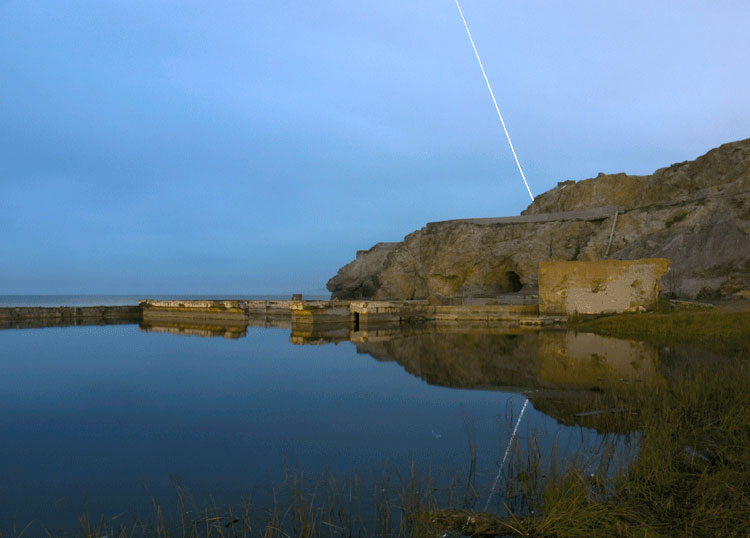 |
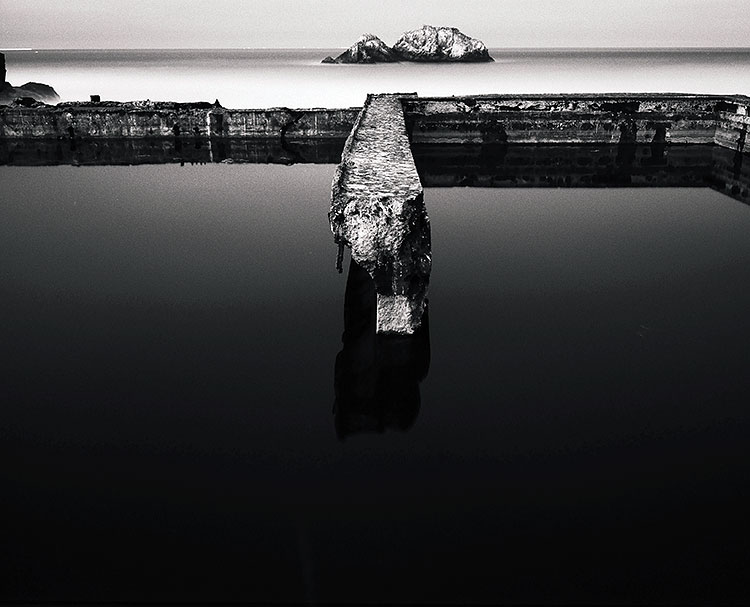 |
Modern ruins, labyrinthine structures, wind blown cypress trees clinging to the cliff, and caves and paths that lead to Land’s End; this is the Sutro Baths that I’ve been fascinated with since I was first taken to Ocean Beach as a young child.
The Sutro ruins on the outskirts of San Francisco are where we’d often take the dog hiking along the paths above or exploring the abandoned remains below. This probably set in place my future fascination for Ruinism. The Sutro Baths are no secret and have been welcoming the public and the Pacific in one way or another for over 110 years.
Built with iron, wood, and glass in the grandiose manner of London’s Crystal Palace, the grand opening to the public was held on March 14, 1896. The Industrial Age was in full swing and this engineering masterpiece had taken only 6 years to build at the cost of $1 million. It was the dream of the eccentric Adolph Sutro, who had just finished a lackluster 2 year term as San Francisco’s 24th mayor. The extravagant public bathhouse was the world’s largest indoor swimming pool at that time and was inspired by the ancient baths of Rome. Visitors to the baths had 7 different swimming pools to choose from, one freshwater and six salt water bathes, ranging in temperature from 80 degrees to sea temperature. During high tides, water would flow directly into the pools from the Pacific, recycling 2 million gallons of water in an hour. During low tides, a powerful turbine water pump, built inside a cave at sea level, could be switched on from a control room to fill the tanks at a rate of 6,000 gallons a minute. Over 20,000 swimsuits were for rent and the facility could hold over 10,000 people at a time. To see an Edison Manufacturing Co short film of the Giant Slide at the Sutro Baths from from 1897 click here.
If you preferred not to swim, the bathhouse also incorporated a museum displaying some of the finest Egyptian artifacts outside of Egypt as well as Sutro’s varied personal collection of his travels. An 8,000 person Concert Hall and an ice-skating rink were also part of the Sutro Baths.
Five hundred dressing rooms … spacious elevators and broad staircases … pavilions, balustrades, promenades, alcoves and corridors adorned with tropical plants, fountains, flowers, pictures, … the collected treasure of foreign travels… a portico with four Ionic columns and pilasters which lead to a noble staircase, wide, gradual of ascent, bordered with broad-leaved palms, the flowering pomegranate, fragrant magnolias … [touching] the very rim of the reveling waves.
However, due to the high operating and maintenance costs, the Sutro Baths closed its doors in 1966. During its demolition, a suspicious fire broke out and left the Baths in the ruins that you can see today.
What has fascinated me most is how little the ruins have changed. They are maintained by the National Park Service and very little is off limits for urban exploration.
Our “exploration” led to the photos that were taken on November 24th. It was a full moon, and my father and I met fellow nocturnalists Joe Reifer, Andy Frazer, and Shawn Peterson as the few clouds were breaking through to reveal the ruins of Sutro. We spent over 4 hours shooting, flashlights popping, and exposures being calculated. Armed with tripods, our exposures were running 2-8 minutes, with plenty of opportunity to soak in the true atmosphere of the baths. I’ve spent a lot of time at Sutro, but on a clear night with old and new friends, we explored the timeless time of Sutro.
To check out more of Joe Reifer work click here.
Andy Frazer’s blog on the night can be found here.
More of Shawn Peterson’s nightwork can is here.
To see some great photos from old Sutro Baths or read more about its history check out these sights:
Sutro Baths
Cliffhouse Project
Sutro’s
Outsidelands
Wikipedia
